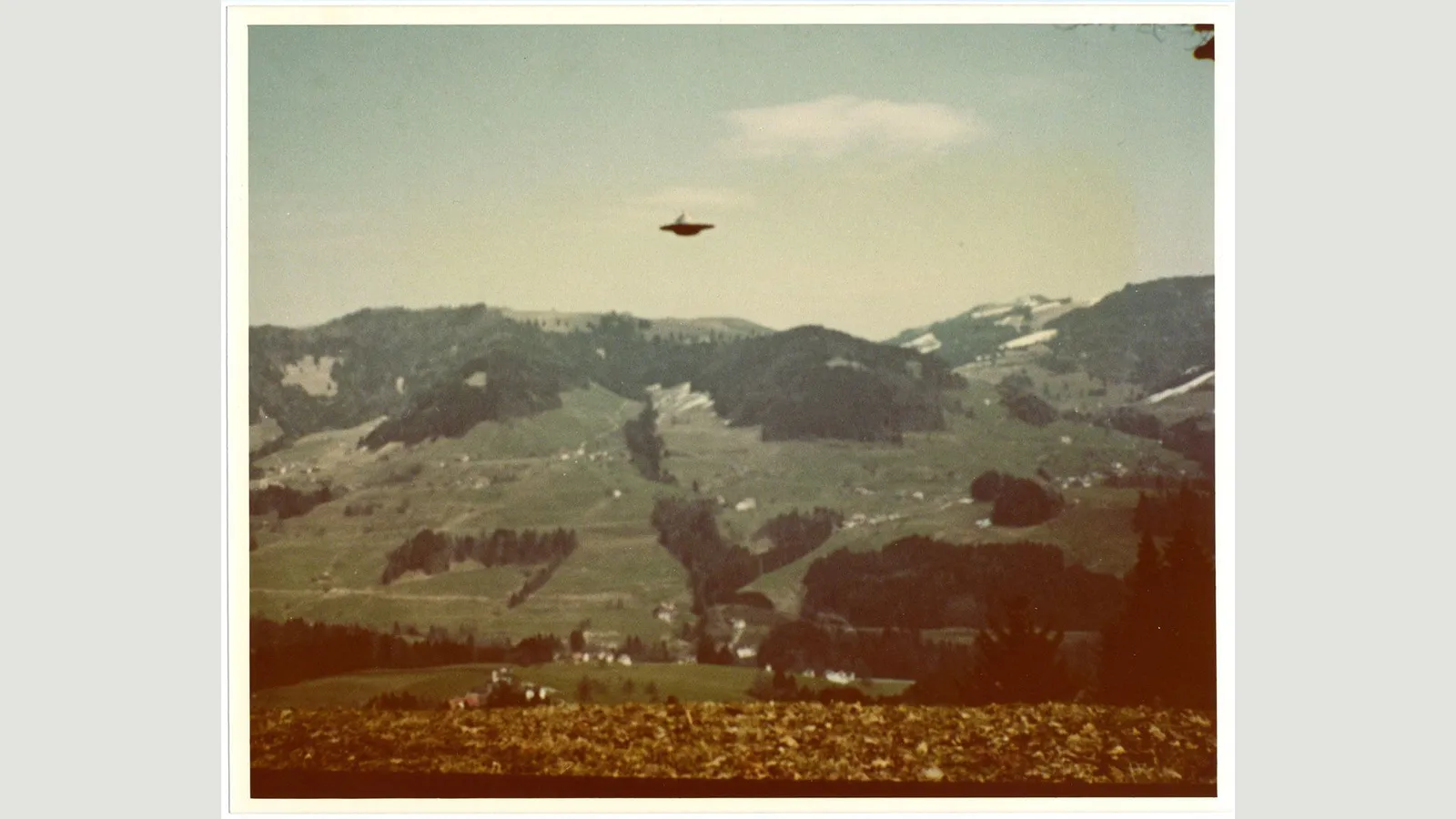jw571818@ohio.edu
A Thousand Words
It used to be that a picture was ‘worth a thousand words.’ Well, in the era of the viral video, where clicks have replaced words, one could argue that the ‘right’ picture is worth its weight in gold. And with all of that financial incentive, it’s hardly any wonder why someone might feel compelled to modify, doctor, or otherwise distort the content of an image.
Image Source: Collection of Gordon MacDonald
Deep Fakes
This week’s readings focused on a variety of viral-adjacent topics, including the proliferation of deep-fakes in the modern political landscape. While the temptation exists to cite this disturbing phenomenon as a sign of the proverbial times, the truth is that visual manipulation and the media have gone hand in hand since the beginning.Too Good to be True?
As a lifelong UFO (or is it UAP now?) enthusiast, I have routinely come across ‘too-good-to-be-true’ photos and videos, only to later find out that, yes, they were too good to be true. I distinctly remember stumbling across the famous ‘Face On Mars’ photo (Viking 1 Orbiter in 1976) in one of my many books as a child. My seven-year-old self stared at the ghostly image and imagined an ancient Martian civilization lost to the sands of time. Of course, when I was in high school, a better probe with a better camera shattered the illusion once and for all. The story behind this famous photo can be found here.Image Source: NASA
Must-See T.V.
And remember the famous Alien Autopsy film? If you’re younger than me (41), you likely don’t, but trust me when I tell you that back in the summer of 1995, the television airing of said video was the epitome of must-see T.V. The grainy film looked so real, and there’s a part of me that still can’t believe they aired it on Fox during prime time. Still, ten years later, the video was officially debunked when one of the creators admitted the whole thing was a hoax.Image Source: Amazon
Nessie
While the Loch Ness monster isn't technically a UFO story, it often gets lumped in due to its fantastical mystique. The famous picture below was taken in 1934 by a man named Robert Wilson. When I was a dinosaur-loving kid (noticing a theme here?), I considered the famous photo definitive proof that the beloved prehistoric creatures still existed. Once again, the photo was eventually debunked. Now, when I tell you that what appears to be a shadowy Nessie is, in fact, a toy submarine, you begin to see how ‘fake’ the picture looks. Still, that didn’t stop people (including my thirteen-year-old self) from refusing to believe the truth. The following article is a must-read for those interested in this famous case.Image Source: The Sunday Telegraph




No comments:
Post a Comment